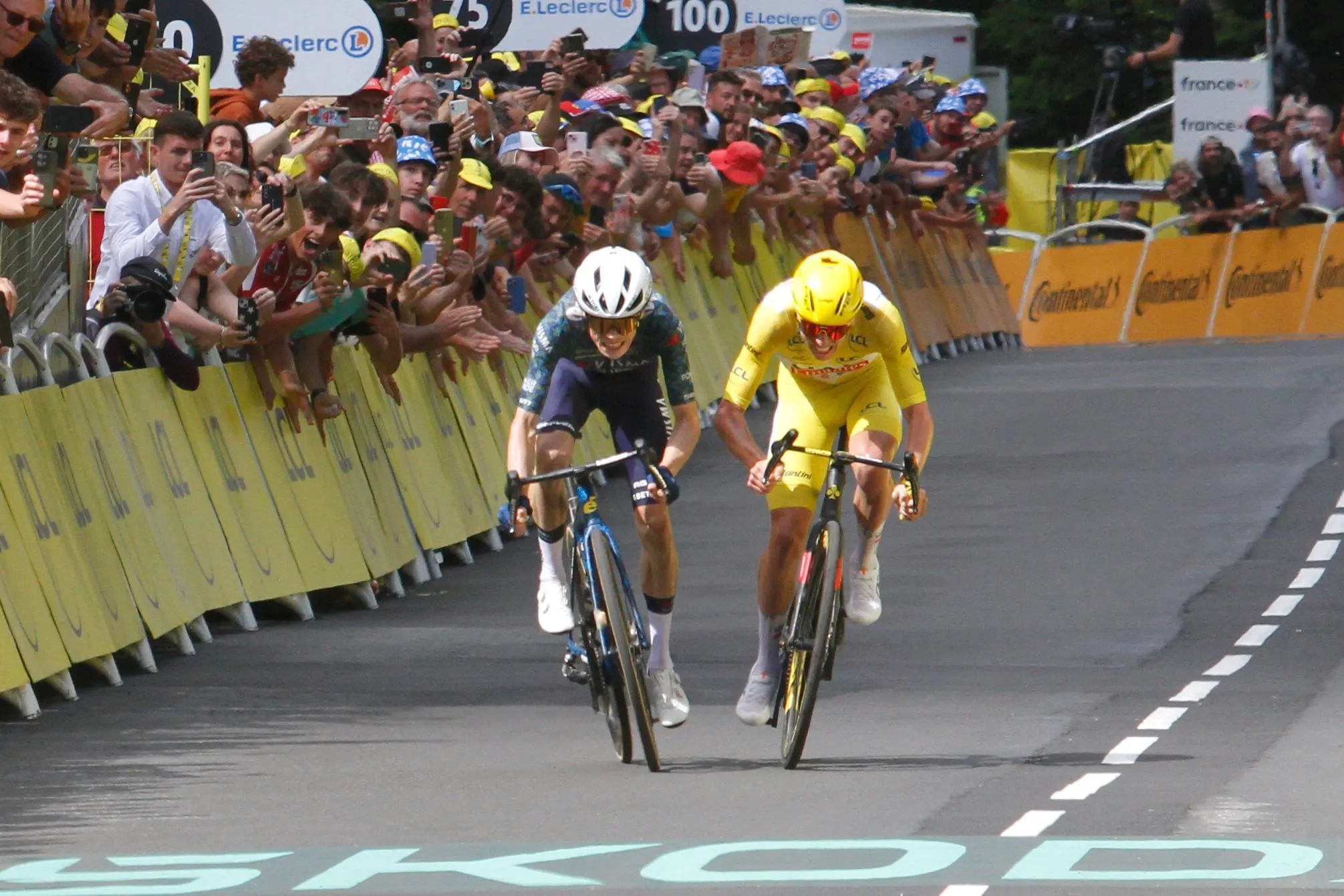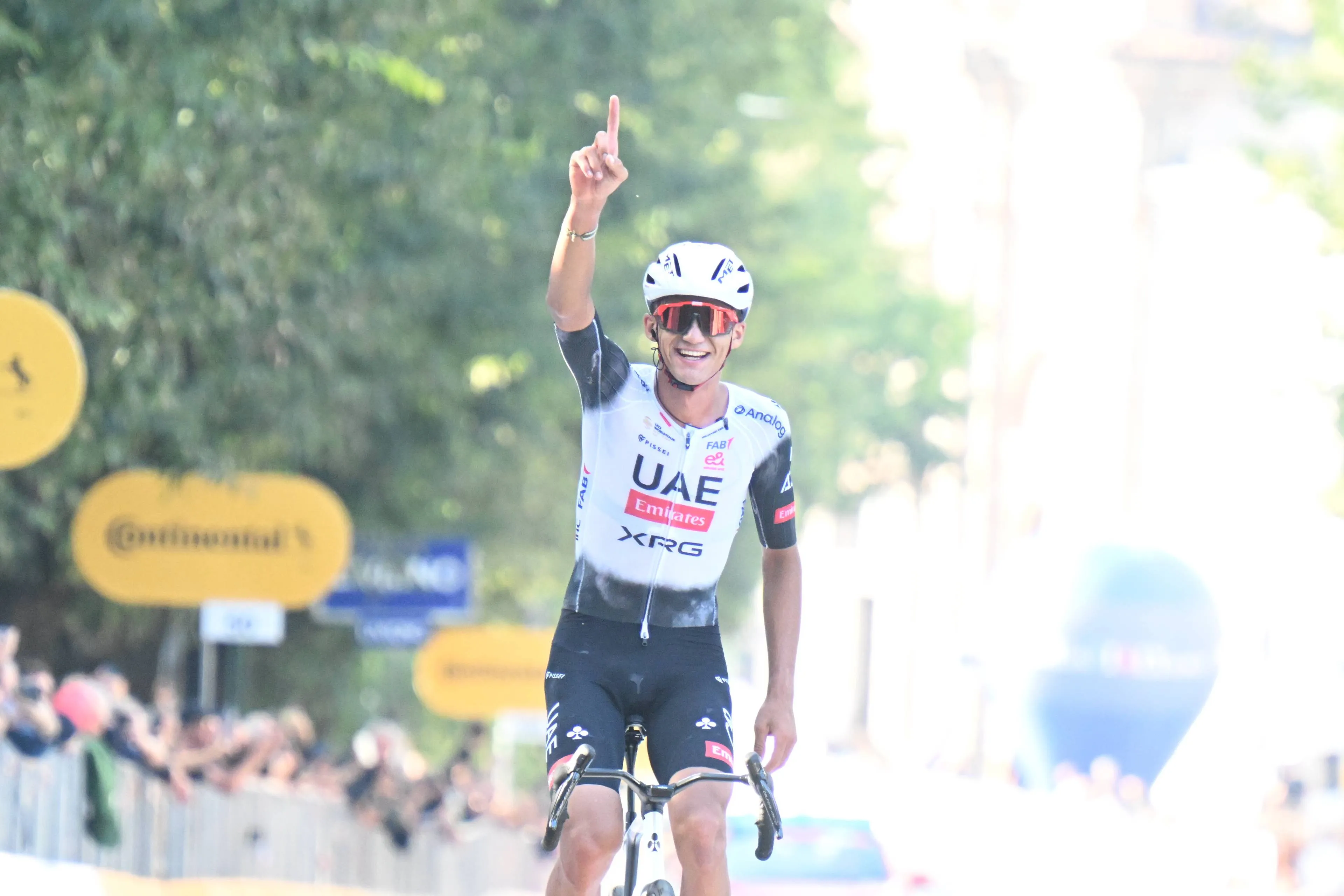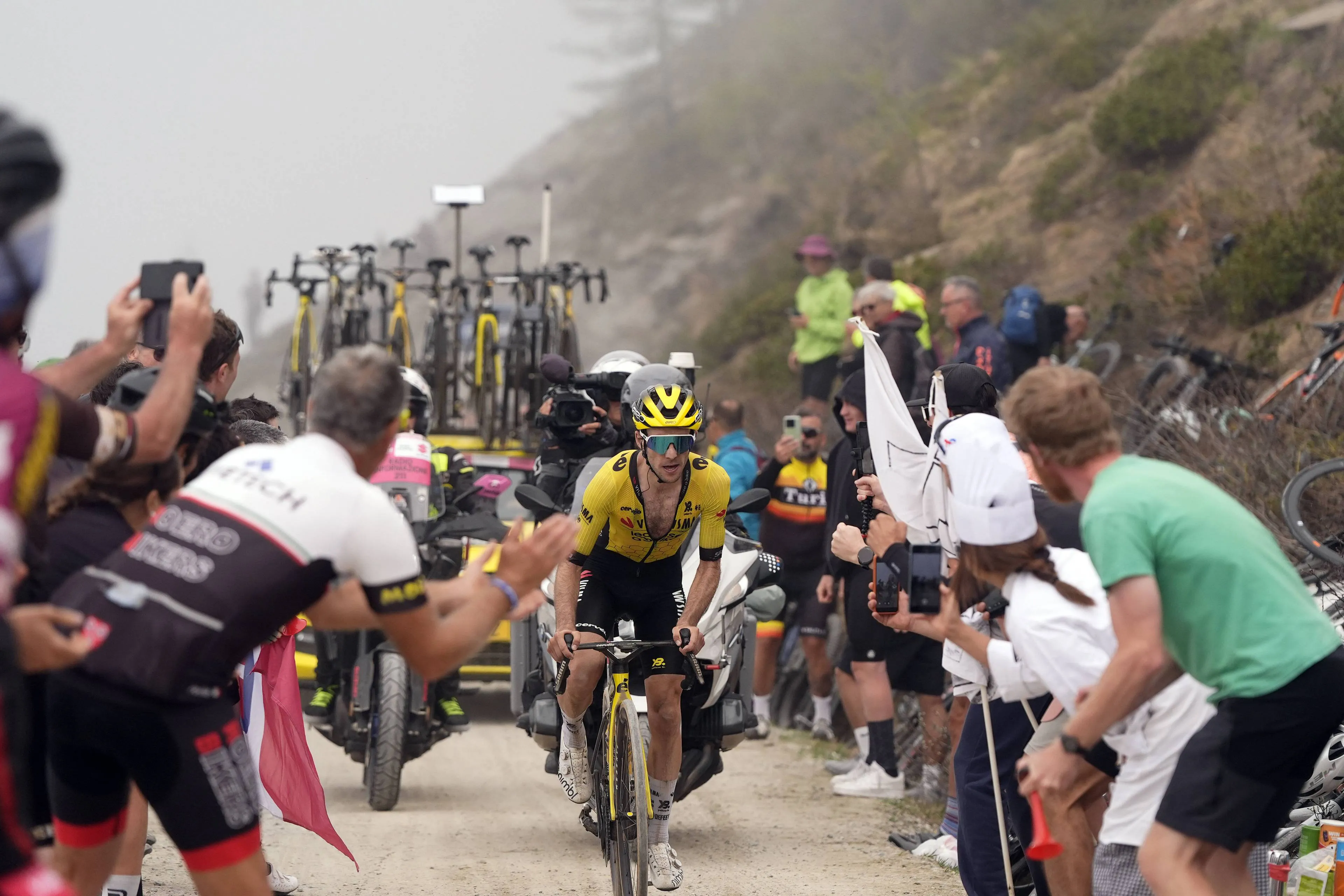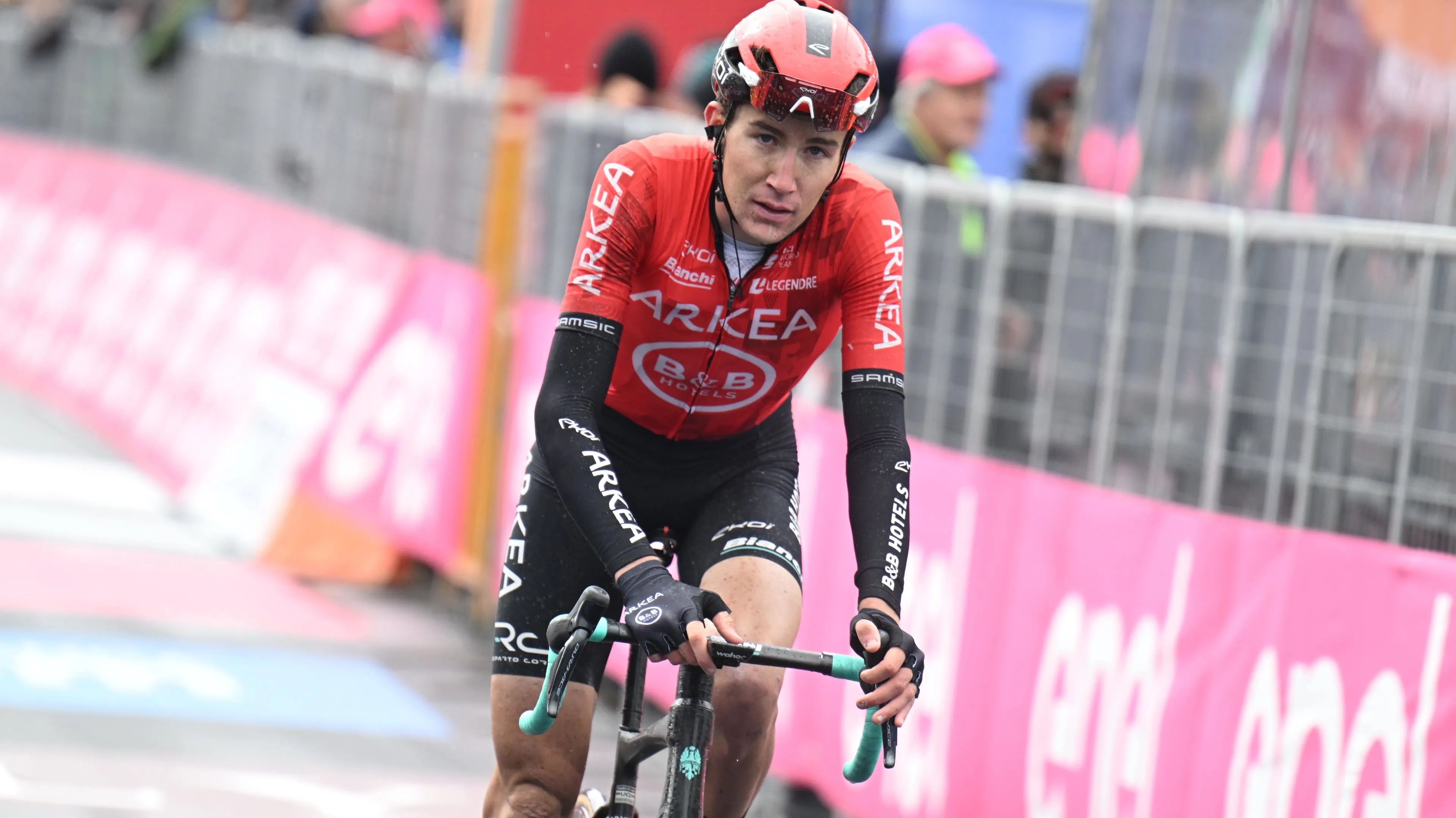Tadej Pogacar breaks 3 Strava records during his reconnaissance for Paris-Roubaix 2025 including fastest time on Mons-en-Pévèle
CyclingThursday, 03 April 2025 at 09:31

First they'll battle it out at the Tour of Flanders, but many fans would be lying if they said they weren't looking forward to the following dish even more: Tadej Pogacar vs. Mathieu van der Poel duel at Paris-Roubaix. The Slovenian is yet to make his debut at the Hell of the North this season, but his training efforts are quite promising.
According to the UAE Team Emirates - XRG rider's latest activity on Strava, Pogacar did a 213-kilometer training ride this Wednesday, where he broke no less than 3(!) records on sectors of Paris-Roubaix, including Mons-en-Pévèle.
Read also
In addition, Tadej Pogacar also recorded the 2nd fastest time ever at Carrefour de l'Arbre, and went through the Vieux Quaremont. There is no doubt that the little cannibal from UAE is taking this part of the season very seriously, and hasn't even begun to think about the Tour de France.
Victories at the Tour of Flanders and Paris-Roubaix are haunting a rider who feels wounded after the defeat at the last Milano-Sanremo. Will this latest training session by Tadej Pogacar make Mathieu van der Poel nervous?
Read also
Tadej Pogacar a effectué une sortie de 213km ce mercredi où il a pris le meilleur temps (KOM) sur Strava dans 3 secteurs de #ParisRoubaix, dont celui de Mons-en-Pévèle. Il a signé aussi le 2e temps dans le Carrefour de l'Arbre. Il est passé aussi par le Vieux Quaremont. pic.twitter.com/FaeTBIypLf
— Le Gruppetto (@LeGruppetto) April 2, 2025
claps 5visitors 4
Just in
Popular news
Latest comments
- What a fairytale day! Everything fell into place.mhfrvz09-01-2026
- Not sure you can say that someone as talented and successful as him has had bad luck, but between coming along right after the two titans and now this, his is a career cut short. Perhaps he can transition to a different role in the sport, but in any case I wish him well.MidnightRider08-01-2026
- I doubt it. This blows a hole in their ranks.mobk08-01-2026
- For a while there, Eli was the best of the rest in cyclocross behind Mathieu and Wout. It must be tough to be forced to retire early due to medical issues, but good health trumps everything else. I wish him the best in his future endeavors.
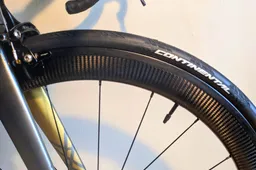 santiagobenites08-01-2026
santiagobenites08-01-2026 - however you frame it, it seems that they asked more from Ayuso (who obviously did not deliver the needed support) than they are asking from del Torro ... who - according to this quote - just needs to show up and can then ride however he likes.Ketterechts08-01-2026
- I agree that Ayuso was wrong in doing what he did at the tour, but we don't know everything behind the feud unless they all say honestly what went wrong. If he us such a rat and traitor, which it's a bit harsh, then what is to be said about Soler when he was with Movistar and didn't want to ride for Mas? I was disappointed, yes, but realize riders also have goals, and right now, UAE is all about their golden boy.Colnago-fan08-01-2026
- Yes, still sad though, that he's retiring. Anyway, best wishes for his new chaptermhfrvz08-01-2026
- has he been pushed out by the team ?
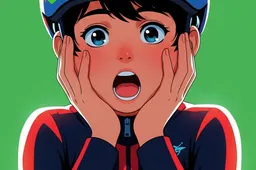 ChillingCyclist08-01-2026
ChillingCyclist08-01-2026 - Jesus was crusified at age 33. Go out BIG, not like Froome; a good cyclist but people are now laughing and making fun of Froomey. He just doesn't know when to quit. I understand Simon Yates. Who still remembers, Pogi the GOAT also talked about retiring early? He had enough of the BS that comes with professional sports, especially cycling.NikkoNicco08-01-2026
- I think the regret is greater for Cian than JV.mij08-01-2026
Loading
30 Comments


